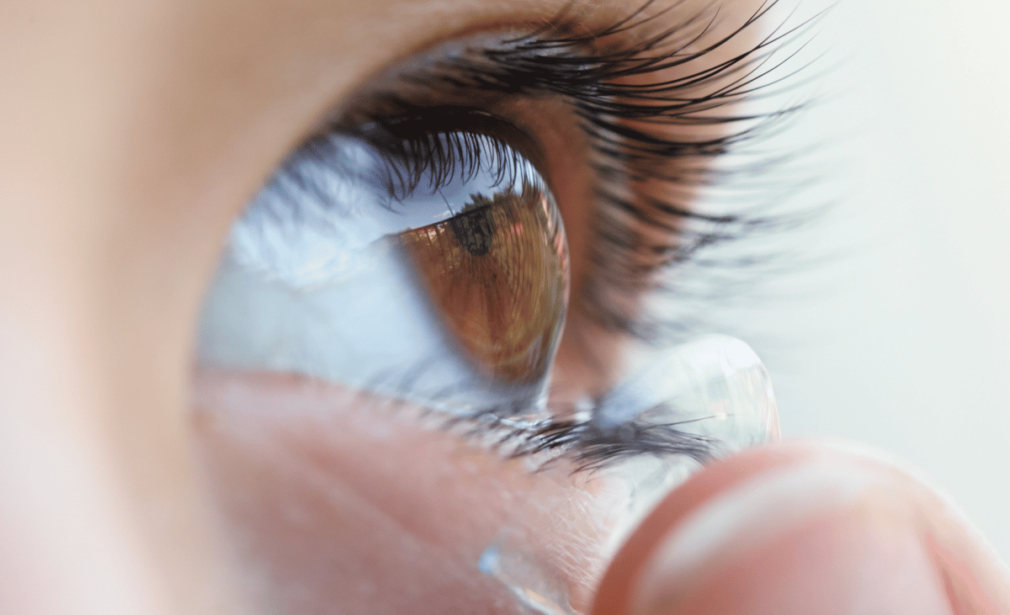Finding the Perfect Fit for Your Eyes
Contact lenses offer a convenient and versatile alternative to glasses for correcting vision. However, finding the right fit is crucial to ensure comfort, clarity, and eye health. A contact lens fitting is more than just choosing the right prescription; it involves selecting the appropriate lens type, size, and material based on individual eye characteristics and lifestyle needs. In this blog, we’ll explore the process of contact lens fitting, the types of contact lenses available, and tips for maintaining healthy and comfortable wear.
The Importance of a Proper Contact Lens Fitting
A proper contact lens fitting is essential for several reasons:
Comfort: Ill-fitting lenses can cause discomfort, irritation, or even pain. A proper fit ensures that the lenses sit comfortably on the eyes without causing any issues.
Vision Clarity: The right lens type and prescription ensure optimal vision correction, helping you see clearly and accurately.
Eye Health: Poorly fitted lenses can lead to complications like infections, corneal damage, and reduced oxygen supply to the eyes. A thorough fitting process helps prevent these issues.
Personalized Solutions: A contact lens fitting considers your unique eye shape, lifestyle, and visual needs, providing a personalized solution that works best for you.
The Contact Lens Fitting Process
The contact lens fitting process involves several steps to ensure the best possible fit and comfort:
1. Comprehensive Eye Examination
Before fitting contact lenses, a comprehensive eye examination is conducted to assess your overall eye health and determine the correct prescription. This includes measuring your visual acuity, checking for refractive errors (such as nearsightedness, farsightedness, or astigmatism), and evaluating the health of your cornea and tear film.
2. Corneal Measurements
The shape and curvature of your cornea play a crucial role in determining the right contact lens fit. Keratometry or corneal topography is used to measure the curvature and shape of your cornea. These measurements help in selecting the appropriate lens size and curvature (base curve).
3. Pupil and Iris Size Measurement
Measuring the size of your pupil and iris helps determine the lens diameter needed for your eyes. This is particularly important for specialty lenses like colored or cosmetic lenses.
4. Tear Film Assessment
A healthy tear film is essential for comfortable contact lens wear. The optometrist will assess your tear film’s quantity and quality to determine if you have dry eyes or other issues that may affect lens wear. This information helps in choosing the right lens material and type.
5. Lens Type Selection
There are various types of contact lenses, each with specific features and benefits. The optometrist will discuss the options with you and recommend the best type based on your lifestyle, vision needs, and eye health. Common types include:
Soft Lenses: Made of flexible materials, these lenses are comfortable and easy to adapt to. They are available in daily, bi-weekly, and monthly disposable options.
Rigid Gas Permeable (RGP) Lenses: These lenses provide crisp vision and are durable but may require a longer adaptation period. They are suitable for people with astigmatism or irregular corneas.
Toric Lenses: Designed for astigmatism, toric lenses have different powers in different meridians to correct both astigmatism and other refractive errors.
Multifocal Lenses: These lenses correct presbyopia by offering multiple zones of vision, allowing for clear distance, intermediate, and near vision.
Colored or Cosmetic Lenses: These lenses change the appearance of your eye color and are available with or without prescription correction.
6. Trial Lenses and Evaluation
Once the appropriate lens type and size are selected, trial lenses are provided for you to try on. The optometrist will evaluate the fit, movement, and comfort of the lenses on your eyes. They will also check your vision with the lenses and make any necessary adjustments.
7. Instruction and Training
If you are new to contact lenses, the optometrist will provide thorough instruction on how to insert, remove, and care for your lenses. They will also discuss proper hygiene practices to prevent infections and complications.
8. Follow-Up Appointments
Follow-up appointments are scheduled to monitor your adaptation to the lenses and ensure continued comfort and eye health. Any issues can be addressed, and further adjustments to the lenses can be made if necessary.
Tips for Maintaining Healthy and Comfortable Contact Lens Wear
Follow Proper Hygiene: Always wash and dry your hands before handling your lenses. Use the recommended solutions for cleaning and storing your lenses.
Replace Lenses as Recommended: Adhere to the replacement schedule provided by your optometrist. Do not wear lenses longer than recommended, as this can increase the risk of infections and complications.
Avoid Sleeping in Lenses: Unless specifically prescribed for overnight wear, avoid sleeping in your contact lenses. This can reduce oxygen supply to your eyes and increase the risk of infections.
Regular Eye Exams: Schedule regular eye exams to monitor your eye health and ensure that your lenses continue to fit well and provide clear vision.
Report Any Issues: If you experience discomfort, redness, or changes in vision, contact your optometrist immediately. Early intervention can prevent more serious problems.
Conclusion
A proper contact lens fitting is essential for achieving clear vision, comfort, and maintaining eye health. The fitting process involves a thorough assessment of your eyes, personalized lens selection, and proper training on lens care. Whether you’re new to contact lenses or an experienced wearer, regular eye exams and following recommended care practices are key to enjoying safe and comfortable lens wear.
If you’re considering contact lenses or need an updated prescription, schedule a contact lens fitting with your optometrist. They can guide you through the process and help you find the perfect fit for your eyes and lifestyle.

